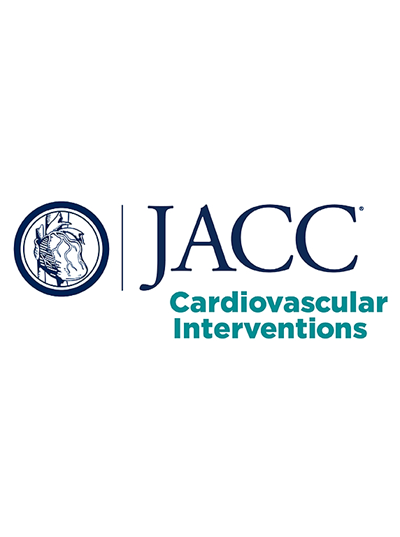Discordance and Performance of the ARC-HBR and PRECISE-DAPT High Bleeding Risk Definitions After Coronary Stenting
IF 11.7
1区 医学
Q1 CARDIAC & CARDIOVASCULAR SYSTEMS
引用次数: 0
Abstract
Background
The aim of the ARC-HBR (Academic Research Consortium for High Bleeding Risk) and PRECISE-DAPT (Predicting Bleeding Complications in Patients Undergoing Stent Implantation and Subsequent Dual Antiplatelet Therapy) score definitions for high bleeding risk is to identify patients who would benefit from shorter or less intensive antiplatelet therapy after coronary stenting.
Objectives
The aim of this study was to assess the performance of the ARC-HBR and PRECISE-DAPT score definitions for high bleeding risk in routine clinical practice.
Methods
Using nationwide registers, all patients in Stockholm, Sweden, who were discharged after coronary stenting with dual antiplatelet therapy (January 1, 2013, to July 1, 2018) were included. Patients were categorized as high bleeding risk according to the 2 risk tools, and risk for bleeding (BARC [Bleeding Academic Research Consortium] types 3-5 or TIMI major or minor) and ischemic events (myocardial infarction or ischemic stroke) within 1 year after discharge was assessed.
Results
Of 7,562 patients, the proportions categorized as high bleeding risk were 27% (2,004 of 7,562) using the ARC-HBR definition and 38% (2,894 of 7,562) using the PRECISE-DAPT score; 22% (1,696 of 7,562) had discordant categorization of high bleeding risk comparing the 2 risk tools. Patients with vs without high bleeding risk according to the ARC-HBR definition had higher risk for BARC type 3 to 5 bleeding (1-year risk 7.1% vs 2.3%; HR: 3.21; 95% CI: 2.47-4.17) and ischemic events (7.8% vs 2.8%; HR: 2.96; 95% CI: 2.31-3.79). Patients with vs without high bleeding risk according to the PRECISE-DAPT score had higher risk for TIMI major or minor bleeding (4.4% vs 2.1%; HR: 2.17; 95% CI: 1.63-2.89) and ischemic events (6.2% vs 2.7%; HR: 2.38; 95% CI: 1.85-3.05). The PRECISE-DAPT score underestimated bleeding risk across almost all score levels (median absolute difference between observed and predicted 1-year risk 1.1%; Q1-Q3: 0.8%-1.4%).
Conclusions
There was substantial discordance in the categorization of high bleeding risk between the ARC-HBR definition and the PRECISE-DAPT score. Both tools identified patients at increased bleeding risk, but those patients also had increased ischemic risk. The PRECISE-DAPT score underestimated bleeding risk. Guideline-recommended high bleeding risk definitions may not be generalizable across patient populations, and refined scoring systems are needed.
求助全文
约1分钟内获得全文
求助全文
来源期刊

JACC. Cardiovascular interventions
CARDIAC & CARDIOVASCULAR SYSTEMS-
CiteScore
11.60
自引率
8.80%
发文量
756
审稿时长
4-8 weeks
期刊介绍:
JACC: Cardiovascular Interventions is a specialist journal launched by the Journal of the American College of Cardiology (JACC). It covers the entire field of interventional cardiovascular medicine, including cardiac, peripheral, and cerebrovascular interventions. The journal publishes studies that will impact the practice of interventional cardiovascular medicine, including clinical trials, experimental studies, and in-depth discussions by respected experts. To enhance visual understanding, the journal is published both in print and electronically, utilizing the latest technologies.
 求助内容:
求助内容: 应助结果提醒方式:
应助结果提醒方式:


